 Abraham Lincoln
If given the truth, the people can be depended upon to meet any national crisis...
Abraham Lincoln
If given the truth, the people can be depended upon to meet any national crisis...
 Guildford news...
for Guildford people, brought to you by Guildford reporters - Guildford's own news service
Guildford news...
for Guildford people, brought to you by Guildford reporters - Guildford's own news service
Birdwatcher’s Diary No.47
Published on: 15 Oct, 2013
Updated on: 15 Oct, 2013
By Malcolm Fincham
Although I was still holding on to some late summer warmth and sunshine in our Surrey countryside during the first few days of October, I decided on a mid morning walk on Sunday 6th along the towpath that leads from Woking Road to Stoke Lock.
Although most trees were still green in leaf, some were beginning to show signs of change – none more so than the horse chestnut. However, this was not just down to a seasonal change.
Affected by leaf minor, a small moth larvae which mines through the leaves of trees (specifically the horse chestnut) causing them to turn brown and die earlier than they should. Click here for more details.
While taking a few pictures of a chestnut tree which stands alongside the opposite bank to the towpath, a flash of halcyon blue passed by me low along the river. Halcyon being the ancient name for the kingfisher, of which in ancient times was thought to nest out at sea and able to calm the waters – hence halcyon days! Click for more details.
These birds are very territorial throughout the year, and with their breeding season over the male and female take up separate territories.
I have often seen this one recently along this stretch of river as well as by Stoke Mill. With the addition of young about at the moment, who haven’t had to endure the coming winter, it’s probably the best time of the year to get the chance to see a kingfisher.
And just a few days later on October 8, while visiting some backwaters in Shamley Green, and while taking a few moments out to eat an apple, I heard the distant kingfisher call and caught sight of it at the far end of the lake.
With a short spell of patience, I watched as it flew in my direction perching on both a post and a branch overhanging the water close by.
Having already put my jacket over my head in anticipation for disguise, I slowly raised my small bridge camera (that I always have with me) and had the great fortune of snatching a few pictures of this male kingfisher, distinguishable by its pure black bill.
Click here for a short video clip.
Continuing my Sunday stroll along the to path past Stoke Lock cottage and out along the boardwalk toward Stoke Lake, I met up with a fellow photographer and keen wildlife observer, James Sellen, a member of The Surrey Bird Club. He is known for the quality pictures he submits to the club’s magazine.
James had just seen and taken a few pictures of a grass snake as it swam from under the walkway out into the small pond. He was kind enough to point it out to me as it swam between the reeds at the far bank.
While observing it, and taking a few pictures for my own records, between us we managed to pick out at least another two grass snakes within the same area of water.
I am grateful for his original observations and for the pictures seen here.
Click here for more information on grass snakes in Surrey.
Also seen that day within the same location were at least four species of butterfly. I counted peacock, comma, speckled wood and even a brimstone enjoying the warm sunshine; while three types of birds of prey enjoyed displaying in the thermals overhead.
These included common buzzard. as well as the regular sighting of the kestrel and the sparrowhawk.
A small variety of dragonfly could also still be seen along the borders of both river and lake.
By October 9 the weather had turned much cooler. As a stiff breeze started to blow from the north, it heralded the first official Surrey influx of redwing from Scandinavia.
Sightings of the autumn arrival were reported with 880 redwings counted flying over Richmond Park late morning on October 10, with some birdwatchers in neighbouring counties of Hampshire and Bedfordshire reporting numbers in excess of 2,000.
Personally, I was quite content with the 30 or more I saw flying over as I drove through Shalford the following morning.
With the continued drop in temperatures and rain arriving seemingly at my only available times of getting out, I was limited to a short walk around Stoke Lake on Saturday, October 12, to see the difference a week makes.
And finally, probably the most noticeable signs of our on-coming winter is the changing attire of our strangest and most peculiar species of critters -the postman.
Possibly a dying race with the oncoming tide of privatisation, with sadly an expectant eventual demise of daily sightings especially in our rural areas in this cut-throat age. But nonetheless, many posties are now noticeably changing from shorts into their winter plumage of long trousers – no doubt a far more acceptable sight for many an onlooker!
Responses to Birdwatcher’s Diary No.47
Leave a Comment Cancel replyPlease see our comments policy. All comments are moderated and may take time to appear.
Recent Articles
- Guildford Institute’s Crowdfunding Project for Accessible Toilet in its New Community and Wellbeing Centre
- Letter: Guildford – Another Opportunity Missed?
- Letter: GBC’s Corporate Strategy – Where Is the Ambition?
- My Memories of John Mayall at a Ground-breaking Gig in Guildford Nearly Six Decades Ago
- Westborough HMO Plans ‘Losing the Heart of the Street’ Says Resident
- College Invests to Boost Surrey’s Economy and Close Digital Skills Gap
- Community Lottery Brings Big Wins for Local Charities
- GBC Housing Plan Promises ‘A Vibrant Urban Neighbourhood’ Near Town Centre
- Hospital Pillows ‘Shortage’ at the Royal Surrey
- Updated: Caravans Set Up Camp at Ash Manor School


Recent Comments
- Ian Macpherson on Updated: Main Guildford to Godalming Road Closed Until August 1
- Sara Tokunaga on GBC Housing Plan Promises ‘A Vibrant Urban Neighbourhood’ Near Town Centre
- Michael Courtnage on Daily Mail Online Reports Guildford Has Highest-paid Council Officer
- Alan Judge on GBC Housing Plan Promises ‘A Vibrant Urban Neighbourhood’ Near Town Centre
- John Perkins on GBC Housing Plan Promises ‘A Vibrant Urban Neighbourhood’ Near Town Centre
- S Collins on GBC Housing Plan Promises ‘A Vibrant Urban Neighbourhood’ Near Town Centre
Search in Site
Media Gallery
Dragon Interview: Local Artist Leaves Her Mark At One of England’s Most Historic Buildings
January 21, 2023 / No Comment / Read MoreDragon Interview: Lib Dem Planning Chair: ‘Current Policy Doesn’t Work for Local People’
January 19, 2023 / No Comment / Read MoreA3 Tunnel in Guildford ‘Necessary’ for New Homes, Says Guildford’s MP
January 10, 2023 / No Comment / Read More‘Madness’ for London Road Scheme to Go Ahead Against ‘Huge Opposition’, Says SCC Leader
January 6, 2023 / No Comment / Read MoreCouncillor’s Son Starts Campaign for More Consultation on North Street Plan
December 30, 2022 / No Comment / Read MoreCounty Council Climbs Down Over London Road Works – Further ‘Engagement’ Period Announced
December 14, 2022 / No Comment / Read MoreDragon Interview: GBC Reaction to the Government’s Expected Decision to Relax Housing Targets
December 7, 2022 / No Comment / Read MoreHow Can Our Town Centre Businesses Recover? Watch the Shop Front Debate
May 18, 2020 / No Comment / Read More



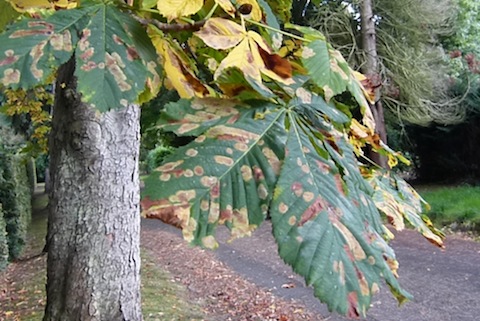

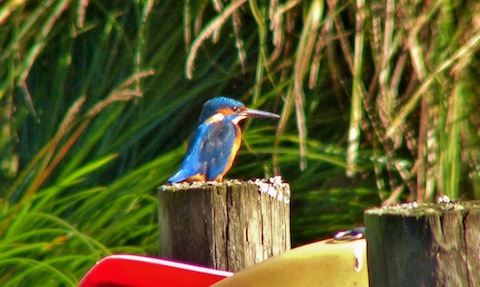
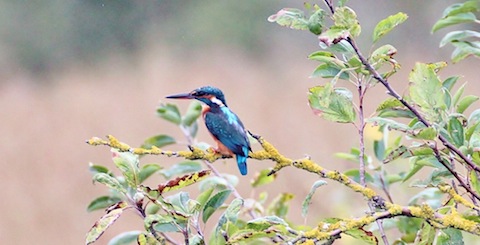

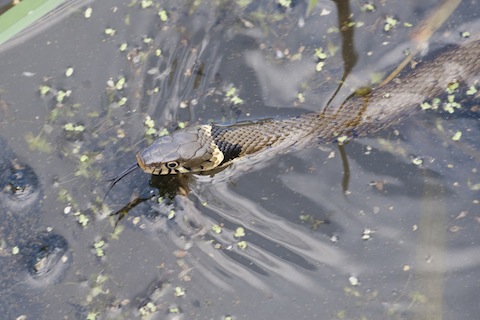
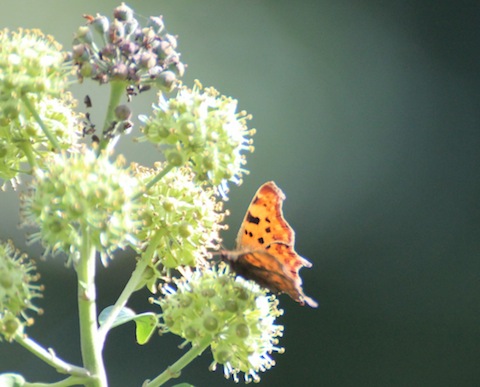
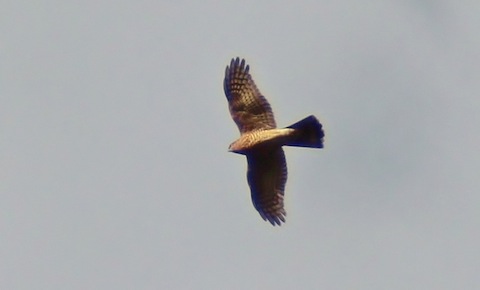
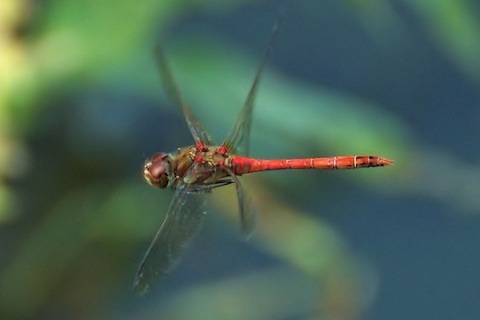
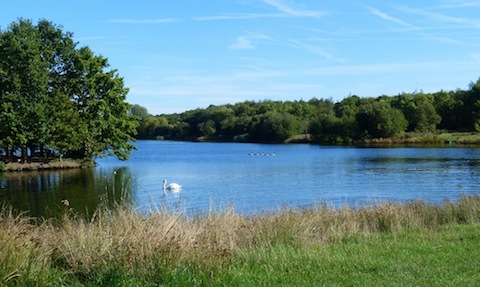

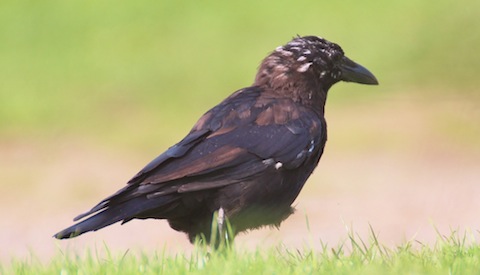






Steve Balchin
October 16, 2013 at 1:08 pm
Another interesting and varied report. I have certainly spotted some peculiar posties about!
Sue Bushell
October 26, 2013 at 9:27 am
I totally agree with Steven Balchin about the posties. As a lover of wildlife I too have noticed the changing of the seasons. For me it was always the day when my husband Chris used to stop wearing his shorts and changed to his winter plumage. But no longer does he grace our village, instead I have seen many other species especially the proud “Grandad” of them all, the great “G”, this week. The ladies in the village are always keeping their eyes peeled for any new variety.
On a more serious note I say to Malcolm Fincham keep up the great work we love it.
Martin whitley
November 1, 2013 at 11:21 am
Great pictures Malcolm. I can’t decide whether you are better at recording the wildlife around us, or delivering our post.
Keep up the good work.